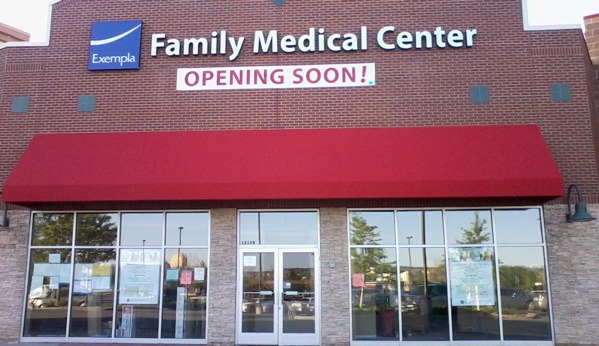
In order to better conceptualize the approach and function of the U.S. healthcare system compared to others around the world, consider the following summary based on journalist T.R. Reid’s The Healing of America.
There are four basic health system models in use today:
- The Beveridge Model — Funds health care through taxes so that patients never receive a medical bill. This model is followed in the United Kingdom, Spain, most of Scandinavia and New Zealand.
- The Bismarck Model — A non-profit model that requires universal coverage, but uses a multi-payer insurance system financed by employers and employees. Followed in Germany, France, Belgium, the Netherlands, Japan, Switzerland, and, “to some extent in Latin America.”
- The National Health Insurance Model — Every citizen pays into this non-profit universal insurance program. This “single-payer” model is followed in Canada, Taiwan and South Korea.
- The Out-of-Pocket Model — People in this model pay as they go when they have health care needs. If they are not able to pay, they generally do not receive treatment. This model applies more or less to the millions of uninsured people in the United States, and to most of the people in the developing world.
On the PBS website Reid says, “There are about 200 countries on our planet, and each country devises its own set of arrangements for meeting the three basic goals of a health care system: keeping people healthy, treating the sick, and protecting families against financial ruin from medical bills…
Only the developed, industrialized countries — perhaps 40 of the world’s 200 countries — have established health care systems. Most of the nations on the planet are too poor and too disorganized to provide any kind of mass medical care…
In the poor world, patients can sometimes scratch together enough money to pay a doctor bill; otherwise, they pay in potatoes or goat’s milk or child care or whatever else they may have to give. If they have nothing, they don’t get medical care.
These four models should be fairly easy for Americans to understand because we have elements of all of them in our fragmented national health care apparatus. When it comes to treating veterans, we’re Britain…For Americans over the age of 65 on Medicare, we’re Canada. For working Americans who get insurance on the job, we’re Germany.
For the…percent of the population who have no health insurance, the United States is Cambodia or Burkina Faso or rural India, with access to a doctor available if you can pay the bill out-of-pocket at the time of treatment or if you’re sick enough to be admitted to the emergency ward at the public hospital.
The United States is unlike every other country because it maintains so many separate systems for separate classes of people…”
For a brief review of the different models used in U.S. healthcare, including private insurance and different kinds of government insurance, see our post, “Health Care 101.” Or for a more thorough review of health care systems around the world in comparison to ours in the United States, watch the PBS Frontline documentary narrated by T.R. Reid, Sick Around the World.


